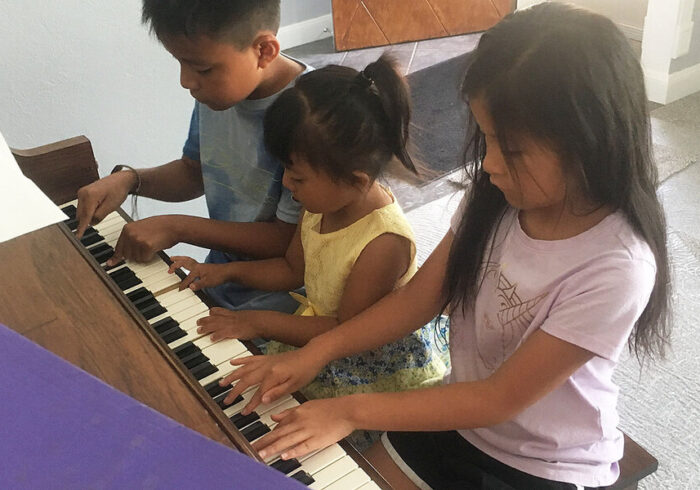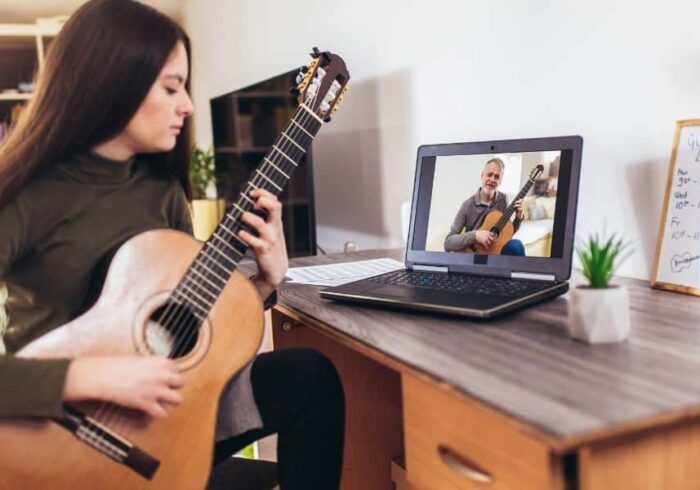Your baby may be tiny but they’re actually stronger and more resilient than they may seem. Add to this their boundless supply of curiosity and it’s no wonder they’re in such a hurry to reach that next developmental milestone and explore more of the world. Though they started off as crying, helpless bundles, they’ll be badly wanting to move mere months later. And nobody will be prouder than you when you see your precious kiddo stand and walk on their own.
But how do you get them there? While much of their motor development happens naturally, under the influence of genetics, environmental factors play a role too. The more you practice the core skills needed to perform these feats, the faster they’ll get better at this. And afterward, the sky’s the limit. They’ll be jumping, riding a bike, and swimming in no time!
When do babies typically learn to stand and walk?
Your baby will probably begin standing between 9 and 12 months of age. At first, they’ll do it by grabbing onto something and propping themselves up. For instance, they’ll hold onto the crib rail and pull themselves up to stand. These first attempts can be rather clumsy and you can expect them to be unstable and fall back down.
After they’ve mastered standing, they’ll take their first steps between 8 and 18 months of age. Initially, they’ll be able to walk only while holding onto something, next they’ll move onto taking a couple of steps on their own before losing their balance, and finally they’ll start trotting independently.
While these are general guidelines, not all children will follow them. If you’re anxious about a developmental delay, you should talk to a pediatrician and take steps to help your child acquire the new skill. However, most of the time, it’s just a part of normal variations between babies. They’ll soon be up and running and you’ll be struggling to keep up!
How can I help my child learn?
To stimulate your baby’s natural development and make sure they’re growing up strong and capable, here are some things you can do:
- Make sure they feel safe and comfortable: Being around them while they’re making their attempts at standing and walking will reassure them and give them confidence. This doesn’t mean you should always hold them by the hand and keep them from ever falling. Let them explore the world as independently as possible, but keep them under your watchful eye.
- Babyproof your house: As your little one becomes more mobile, they’ll be hard to keep an eye on at all times. They’ll also be prone to falling and bumping into things as their motor skills aren’t quite there yet. This is why it’s essential to take necessary precautions, such as putting locks on cabinet doors, placing guards on sharp corners, and setting up a gate at the top of the stairs to keep them from going down.
- Give them the right challenges: While parents often feel the need to hand everything to their precious babies, when it comes to learning how to walk, make them work for it a bit. For example, place toys at a distance from where they are so they’ll have to walk a few steps to get them. However, some things shouldn’t be unnecessarily hard. For example, make sure they have sturdy objects (like chairs and couches) to hold onto when they’re pulling themselves up.
- Be positive and have fun: While most adults need a nudge or two to keep up with their gym sessions, babies genuinely love moving around. Seeing your little one enjoying their first step and greater strength makes many parents rediscover this joy for themselves too. You can have plenty of fun playing together and encouraging them to try out new challenges. Soon enough, you’ll be able to spend the whole day out hiking together or having heaps of fun at a trampoline playground!




